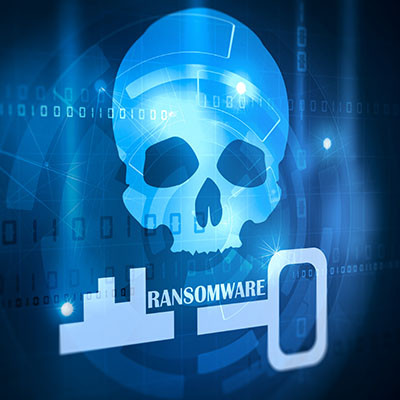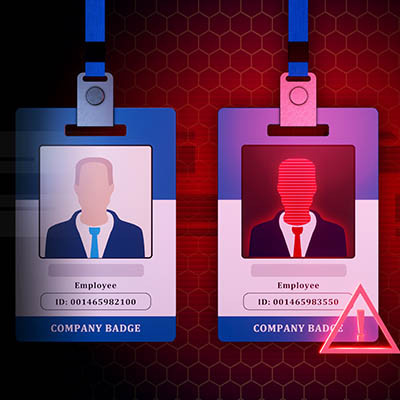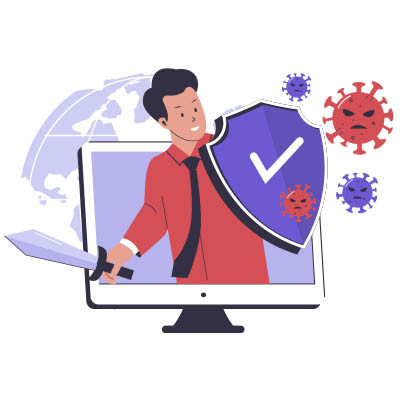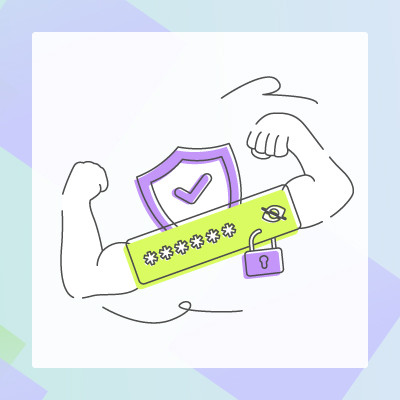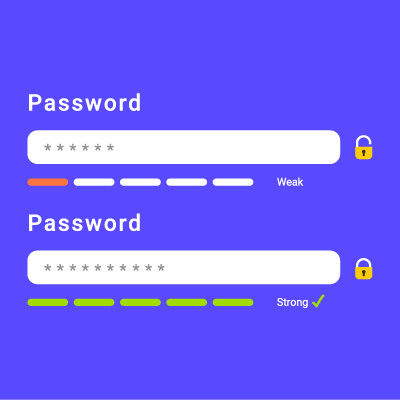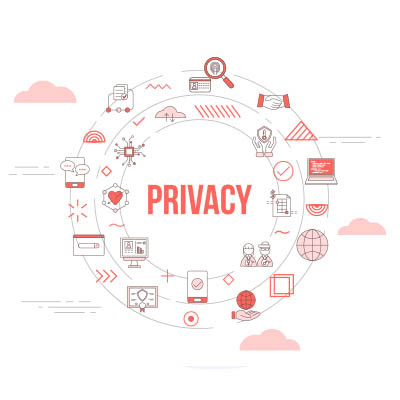Ferrum Technology Services Blog
In June, Chicken Soup for the Soul Entertainment—publisher of the eponymous Chicken Soup for the Soul book series—officially filed for Chapter 7 and then Chapter 11 bankruptcy, spurring the liquidation of many of its assets. Many may not realize that these assets include Redbox, the movie rental service, with its 24,000 distinctive scarlet kiosks.
What we’re concerned about, however, is what will become of these kiosks and, critically, the data they contain.
If you’re not familiar with ransomware, we wish we lived in the same universe you’ve been living in the past decade. It’s a serious problem for all types and sizes of businesses, not to mention its impact on individuals, governments, and world organizations. Today, we want to go over some of the latest ransomware tactics in use as of 2024.
Your employees might be putting your business at risk, even if they don’t know it yet. Most companies feel this frustration, and they want their employees to prioritize cybersecurity in the same way administrators and security staff do. This frustration is something that can be challenged and addressed… with the right solutions and policies, of course.
Many people still underestimate the importance of cybersecurity and data privacy, putting themselves and others at risk. Most individuals are accustomed to sharing personal information online, whether through social media, e-commerce platforms, or various digital services. However, this lack of caution can lead to serious security breaches, identity theft, and even financial fraud. When people fail to take basic security measures, such as using strong passwords or enabling two-factor authentication, they create vulnerabilities that malicious actors can exploit. These weaknesses don’t just impact them personally but also expose organizations and communities to cyberattacks.
Small businesses have unprecedented access to some of the most powerful technologies business has ever seen; ones that were once exclusive to large corporations. These tools not only boost efficiency but also effectively level the playing field, allowing smaller businesses to compete in markets they simply couldn’t have before. Let’s explore how these cutting-edge technologies are revolutionizing the way small businesses operate.
All businesses have one key vulnerability that cybersecurity threats exploit: their employees. Your business has this vulnerability, too, even if you haven’t considered it. Just like any vulnerability, however, there is a patch, and it comes in the form of education. With an appropriate knowledge base, your team can effectively become a human firewall against any potential threat.
Remote work has been a mainstay in most businesses’ standard operating procedures in at least some capacity, but it opens up a nasty can of worms regarding cybersecurity. If cybersecurity is not your top priority, and you have remote or hybrid employees, we need to have a talk—and probably a hard one.
Password best practices (and common sense, if we’re being honest) tell us to always use a strong password for every account we have. This is because, unfortunately, it doesn’t take much to crack a weak one anymore. A bit of software on a standard computer can crack millions of passwords in a matter of seconds… so the more complex and randomized a password, the better and more secure it will be.
However, this can also make it a real challenge to create and then memorize sufficiently complex passwords. To help, we wanted to share a fun trick.
Businesses deal with all types of problems, and some of them are really serious. Some situations aren’t even problems…yet. When risk is all around you, how can you know when enough is just enough? In today’s blog, we will provide you with some answers to how to flip potential problems into opportunities using technology.
Every time you log into an account, you have to enter a password. And we know exactly what you’re thinking: why? Good password hygiene is important, especially in high-profile environments like your business. Passwords play a crucial role in securing your network, so you should know how to build better passwords—if not for your own sake, then for your business.
Sometimes, companies don’t take the privacy of their services as seriously as they should, as evidenced by Meta, the parent company of Facebook, WhatsApp, and Instagram. Despite their popularity, these services have had several security and privacy issues over the years. Today, we want to look at some of these services' most notable privacy and security breaches.
You can take numerous steps to secure your social media accounts and tighten your privacy settings. Yet, every time you log in, you’re still exposing yourself to a vast stream of information and content. Our civilization has never encountered anything like this before. These platforms are designed to curate content you want to see, encouraging you to stay longer and return frequently. This design, meant to be enticing and addictive, poses dangers, especially to certain individuals.
That’s not hyperbole. This isn’t some click-bait title to try to get you to care about cybersecurity. A password you use has certainly been stolen, and statistically, more than one of your passwords has likely been compromised.
How this affects you depends on a number of factors, so let’s get into that, and talk about how you can protect your identity, your business data, your customers, and prevent a whole lot of problems.
Email is a centralizing communication tool for most businesses, but what would you do if we asked if your email system was encrypted? Could you give us an honest answer? Encryption is a powerful security measure for networks and infrastructure, so it makes sense to use it for your email solution, too. Here’s what you need to know about encryption and email.
With social media becoming a major part of how society communicates, there’s no better time to discuss how to stay safe while you’re using these significant mediums. Whether you enjoy social media or are against it, there’s no denying that you need to take responsibility to use it. This includes prioritizing your own security.
As cyberthreats become more advanced, businesses must take proactive steps to address them. Cyberattacks can have devastating effects, making it crucial to enhance employees’ awareness of online threats. This month, we examine the top three IT security challenges businesses face and how to combat them effectively.
If your organization has an internal IT department, chances are they're managing a complex infrastructure while being understaffed and overworked. This isn't a criticism; it's simply the reality for many SMBs (we understand this well). We can ease the burden on your IT team and streamline your technology management.
If you are a consistent reader of this blog, it will not surprise you that we think of phishing as one of the most significant threats that impact businesses today, regardless of their size or industry. Understanding this threat and implementing effective prevention measures is vital for safeguarding your organization. Let's go into how you can minimize the impact of phishing schemes and protect your business.


